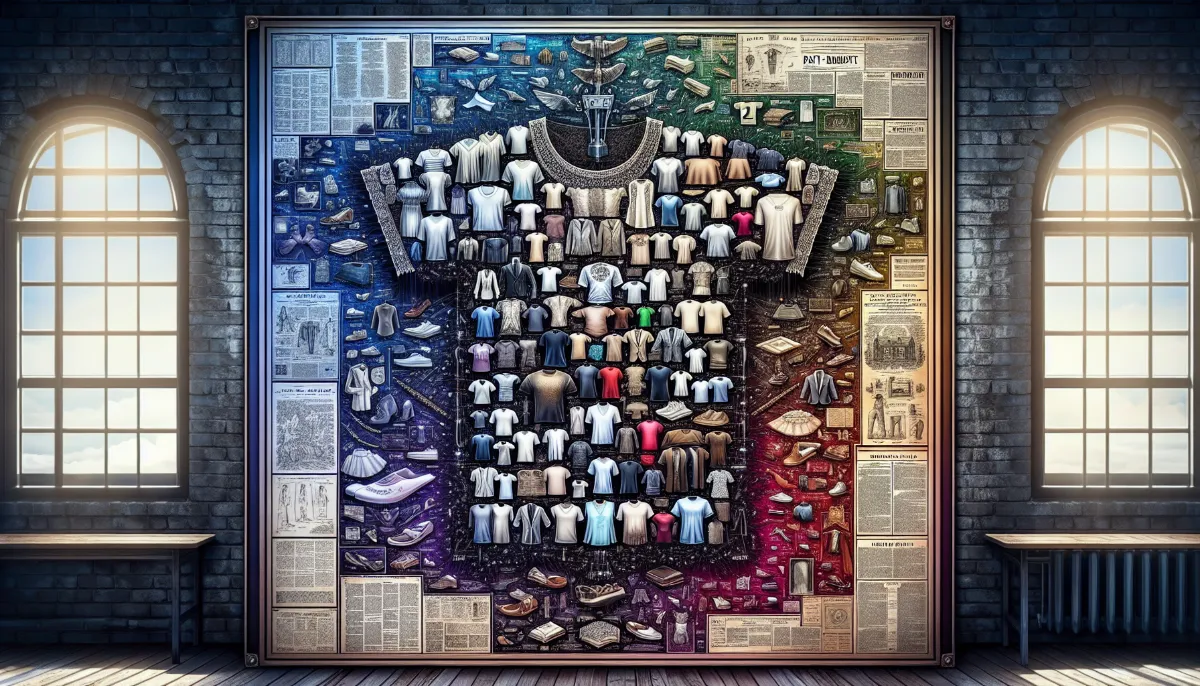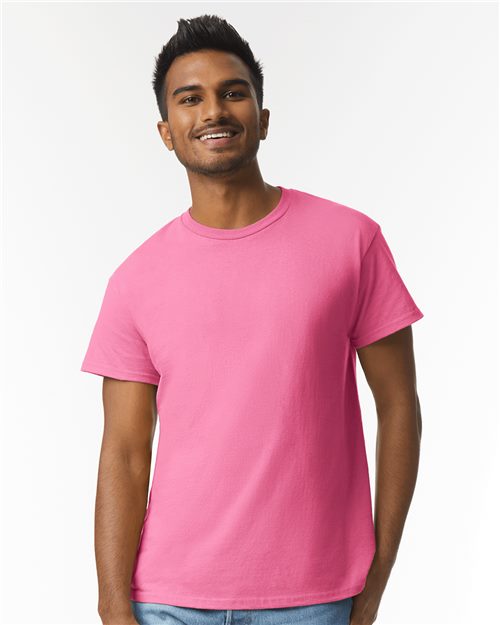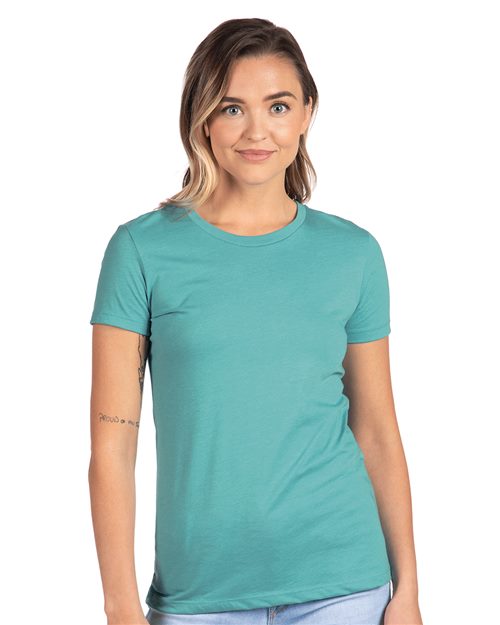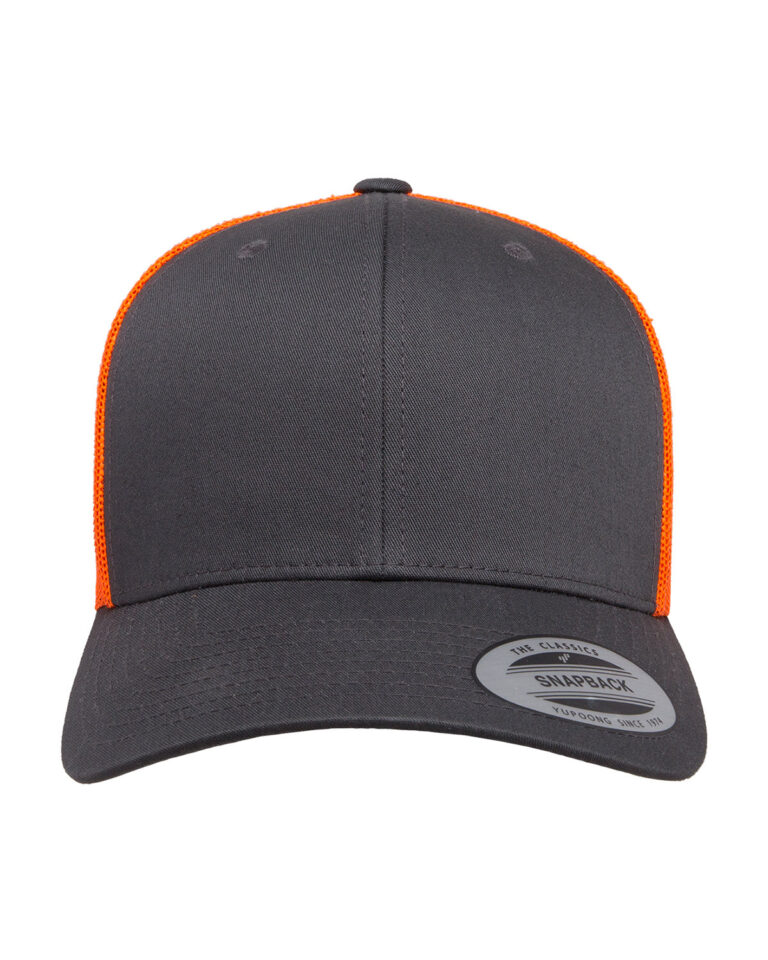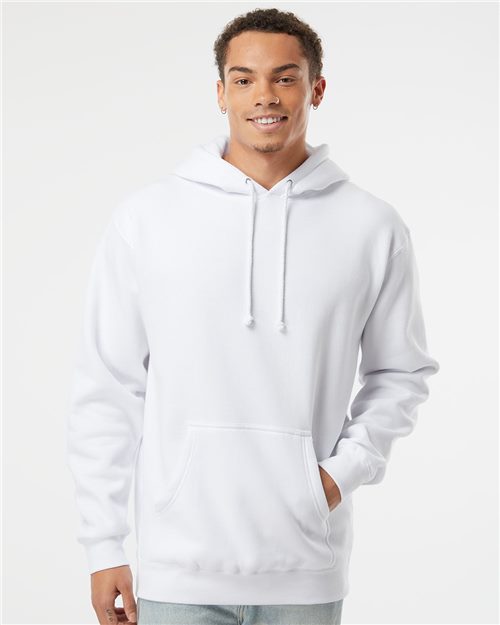Ever wondered why we call it a “T-shirt” and not just “shirt”? This piece of everyday apparel gets its name from its simple T-like shape. In this blog, we’re going to delve into the history and possible theories behind this casual wear staple’s curious nomenclature.
Intriguing isn’t it? Let’s get to solving the mystery! What Does The T In T-Shirt Mean?
Key Takeaways
- The “T” in T – Shirt represents both the shape of the garment, which resembles an uppercase “T,” and its association with training.
- The T-Shirt originated as a practical undergarment in the 19th century and gained popularity through its adoption by the U.S. Navy and later military veterans after World War II.
- The controversy surrounding capitalization of the “T” in T-Shirt remains unresolved, but dictionaries typically list it capitalized. Regardless, the T-Shirt has become an iconic piece of clothing known for comfort and style.
The Origin of the T-Shirt
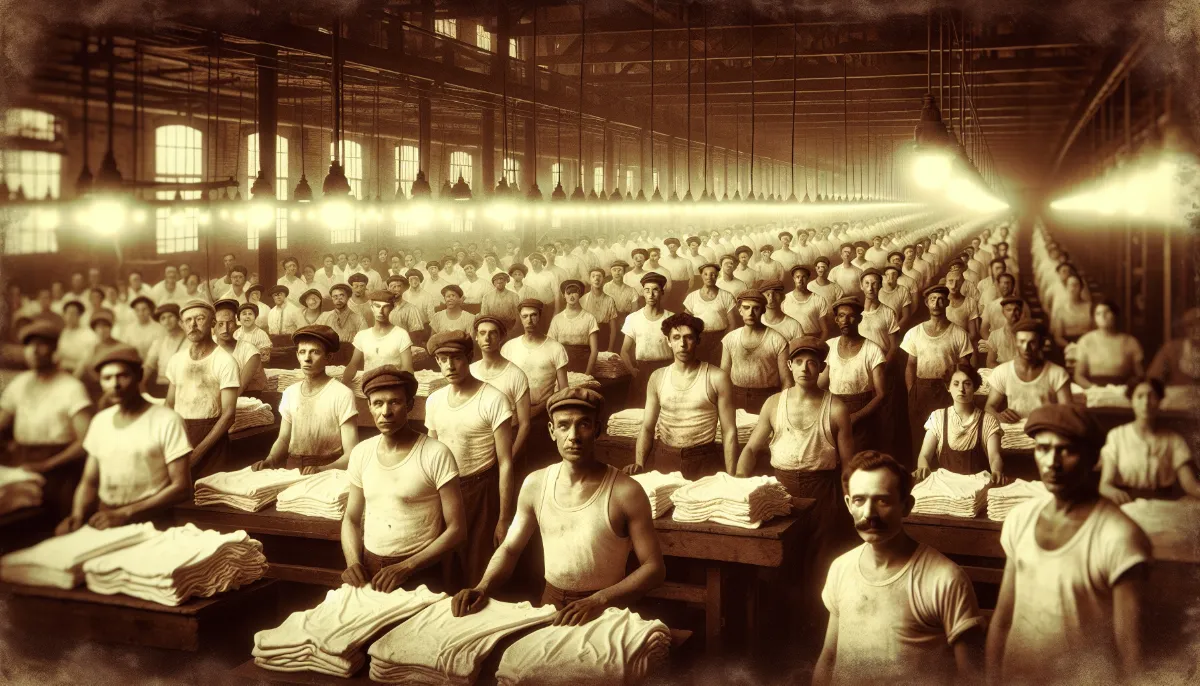
Tracing the roots of the T-shirt takes us all the way back to undergarments worn in the 19th century. Initially known as undershirts, these coverings served a practical purpose: absorbing sweat and adding an extra layer of warmth beneath outer clothing layers.
The design was simple yet effective, closely resembling sailors’ undergarments from that era. It provided full coverage for men’s bodies — hiding unsightly chest hair from view.
The genesis of what we now recognize as a “T-shirt” can be traced to 1913 when U.S. Navy adopted this style as their standard issue undershirt serving sailors far and wide. Societal convention dictated these plain white cotton shirts stay hidden underneath uniforms but fast forward to 1930s, Sears Roebuck introduced the first version of an outerwear t-shirt called ‘gob shirt’.
DESIGN YOUR OWN APPAREL

Long-sleeved with a button-up design, it marked an evolution in how T-shirts were perceived and worn.
This popularity exploded further post World War II when veterans returned home sporting military-issued t-shirts during casual errands or while doing yard work around their homes. This trend was amplified on-screen by movie stars like Marlon Brando in “A Streetcar Named Desire” and James Dean, forever imbuing this formerly humble piece of underwear with undeniable coolness.
Moreover, fashion giants such as Hanes and Fruit Of The Loom acknowledged this shift towards casual wear leading the charge for mainstream acceptance into modern fashion industry norms – thus changing history forever! Today’s T-shirts offer variety through diversity – with scoop necks also vee necklines available alongside standard round-necked tees making them more than just another wardrobe staple; they’re practically ubiquitous in American culture today.
The Significance of What Does The T in T-shirt Mean?
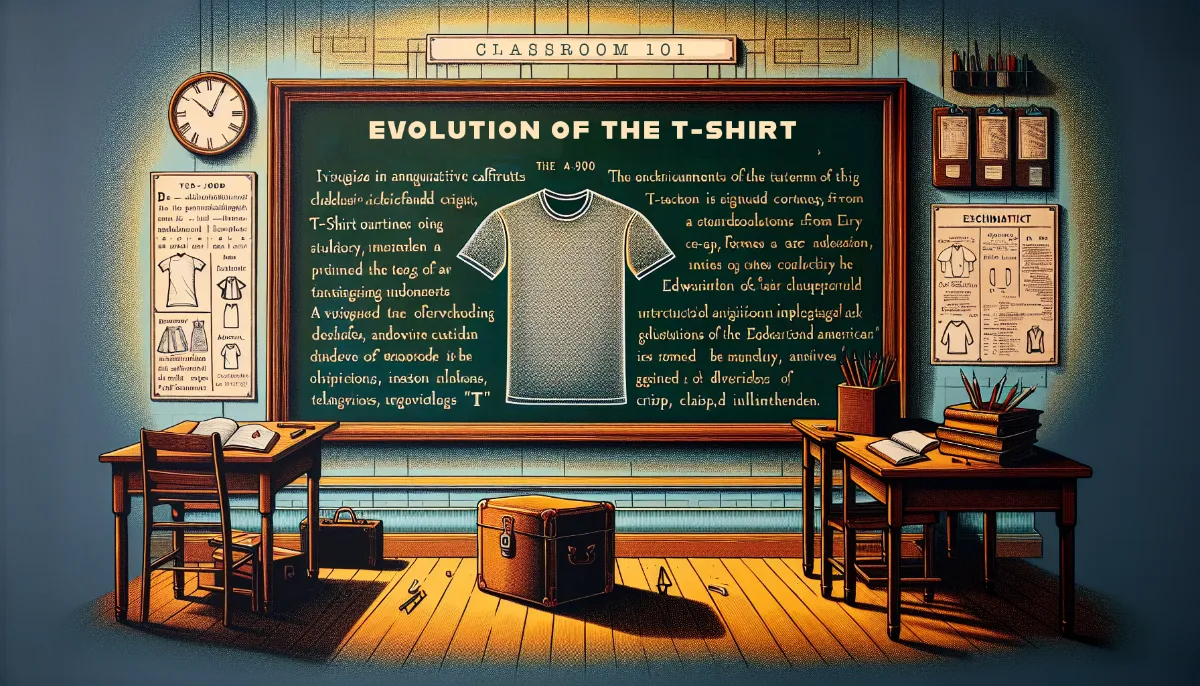
The “T” in T-Shirt holds significance both in terms of the shape of the shirt and its association with training.
T-Shirt as a Shape
The “T” in T-shirt carries significance beyond just a letter; it’s largely about the shape of the garment itself. Picture this – lay a T-shirt flat on your bed, and you’ll notice how it resembles an uppercase “T.” The body forms the vertical line, while the arms stretch out horizontally to complete its namesake shape.
Don’t take our word for it! This shape-based theory is backed by multiple credible sources including Hemachandra Babu D from Times of India. He explains that the adoption of the term “T-Shirt” stemmed from clothing nomenclature based purely on design aesthetics.
It wasn’t focused initially on what role they played as ‘Training’ or undershirts for sailors or Army men in 1930s America. The silhouette formed when any common shirt with short sleeves is spread out is undoubtedly shaped like an Alphabet ‘T.’ Therefore, ‘Shirt’ was prefixed by ‘T,’ resulting in the birth of our everyday casual wear staple- The T-Shirt!
T for Training
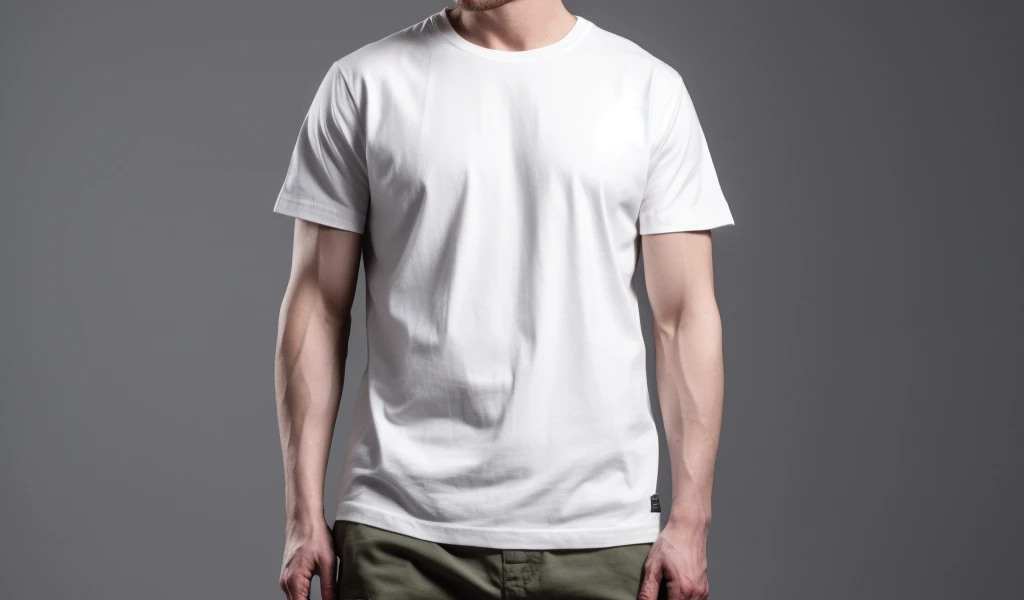
Shift your gaze to the 1930s when T-shirts transitioned from being a mere undergarment to a military staple. Their emergence as ‘training shirts’ within army gear supported the shape-based theory of their origin and even referred to an existence of an A-shirt during that era.
The U.S. Navy–to cover sailors’ chest hair—produced cotton T-shirts, collarless with a circular neck opening and very short sleeves, mirroring today’s modern design. They appealed due to their comfort and practicality in sweat absorption; attributes revealed through rigorous military testing.
Embracing this shift in clothing nomenclature was none other than Marlon Brando whose portrayal in “A Streetcar Named Desire” immortalized the T-shirt as part of American culture—a fashion trend that has endured long past his debut on screen.

WE HELP YOU MAKE AMAZING CUSTOM PRINTED TEES & APPAREL!
CUSTOM IS COMPLICATED
WE MAKE IT EZ
Let our dedicated team help guide you! Click below to send us basic information to get your order started!
Various materials and designs of T-shirts
The T-shirt is a versatile and popular clothing item. It has changed over the years with materials and designs. The Reference data reveals the history and importance of the “T” in T-shirt. It also shares cultural and fashion influences that shape T-shirts. Knowing this gives a deeper understanding of the creativity in T-shirt production.
T-shirts come in a variety of materials and designs. Cotton, polyester, blend fabrics, jersey, linen, and silk are used. Designs can be plain, graphic prints, typography, vintage styles, abstract patterns, or embroidery. There is a T-shirt for everyone’s taste and style.
Plus, T-shirts have unique features. Cultural associations like sports teams, bands, and political movements add personalization and meaning. Technology brings eco-friendly options and smart fabrics. This shows the T-shirt industry’s ability to change with trends and consumer needs.
-
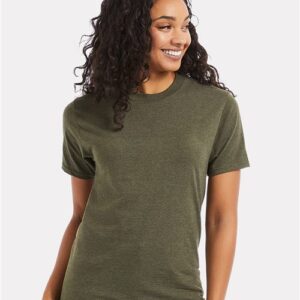 Hanes Beefy-T® T-Shirt$5.10 – $9.35
Hanes Beefy-T® T-Shirt$5.10 – $9.35 -
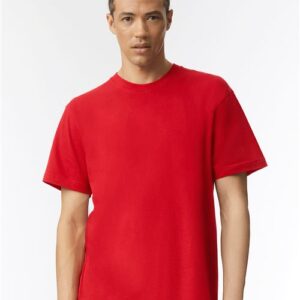 American Apparel Fine Jersey Tee$4.55 – $7.80
American Apparel Fine Jersey Tee$4.55 – $7.80 -
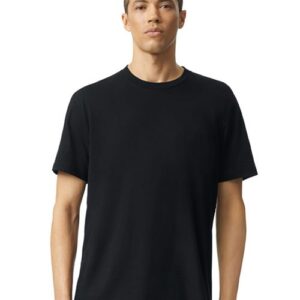 American Apparel CVC Tee$4.67 – $7.19
American Apparel CVC Tee$4.67 – $7.19 -
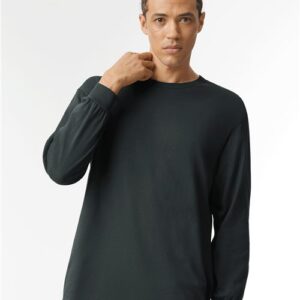 American Apparel Heavyweight Cotton Long Sleeve Tee$6.01 – $13.49
American Apparel Heavyweight Cotton Long Sleeve Tee$6.01 – $13.49
Controversy: Does the “T” in T-Shirt have a Capital?
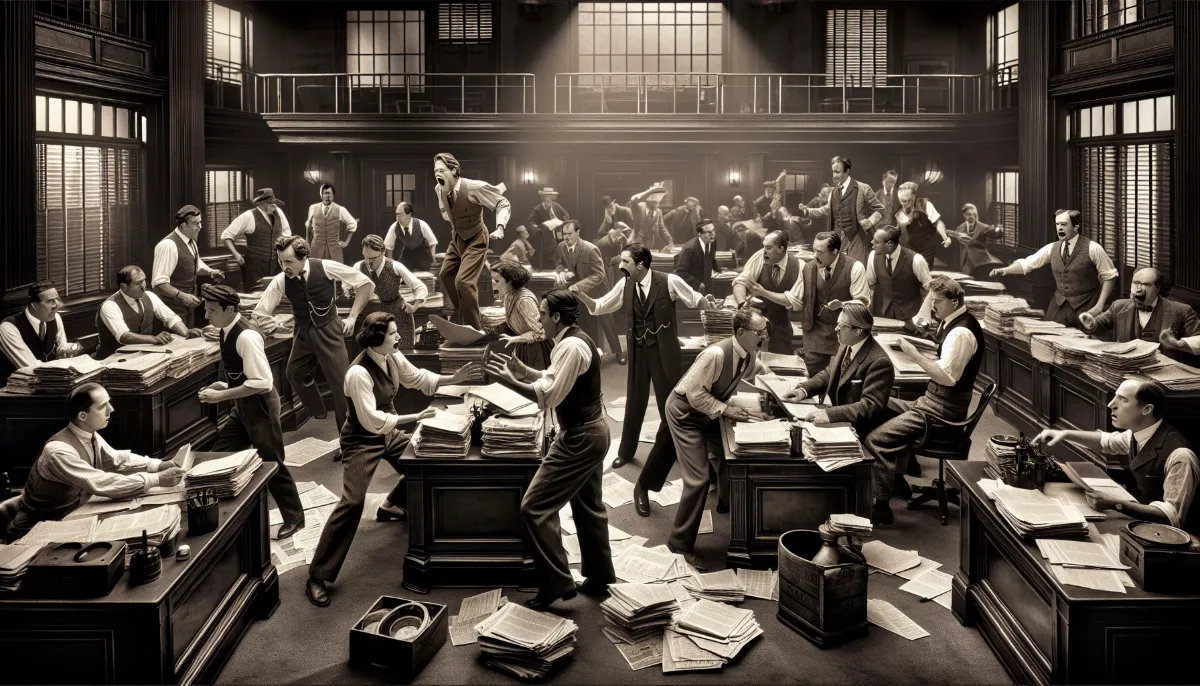
The controversy surrounding the capitalization of the “T” in T-Shirt has been a topic of discussion among fashion enthusiasts and language aficionados. Some argue that since “T” is not a proper noun or specific brand name, it should be written in lowercase letters.
Others believe that the capitalization emphasizes its unique shape and distinguishes it from other types of shirts. While there is no definitive answer, it is worth noting that dictionaries typically list “T-shirt” with a capitalized “T.” Regardless of capitalization rules, the important thing to remember is that the T-shirt itself has become an iconic garment in our modern culture, representing comfort and style for people around the world.

Conclusion: What Does the T in T-shirt Mean?
In conclusion, the “T” in T-shirt represents both its shape and its association with training. Originally worn as an undershirt, the T-shirt has evolved into a versatile garment that is now a staple of casual wear.
Whether you capitalize the “T” or not, one thing is clear: the T-shirt has become an iconic piece of clothing that continues to make a statement in our fashion-conscious world.
FAQs
What does the “T” in t-shirt stand for?
The “T” in tee shirt stands for “tee,” which refers to the shape of the shirt, resembling the letter T when laid flat.
Why are t-shirts called t-shirts?
T-shirts are called t-shirts because they have a simple design with short sleeves and a round neckline that forms the shape of a T when viewed from above.
Who invented the t-shirt?
The modern-day t-shirt was invented in the late 19th century by European laborers as an undergarment worn underneath their work clothes. However, it gained popularity as outerwear during World War II when it was issued as standard clothing for American soldiers.
How has the meaning and use of t-shirts evolved over time?
Initially used solely as undergarments, t-shirts have evolved into versatile garments worn by people of all ages and genders around the world. They now come in various styles, colors, and designs and serve purposes beyond basic apparel such as promoting brands or expressing personal interests through graphic prints or slogans.
